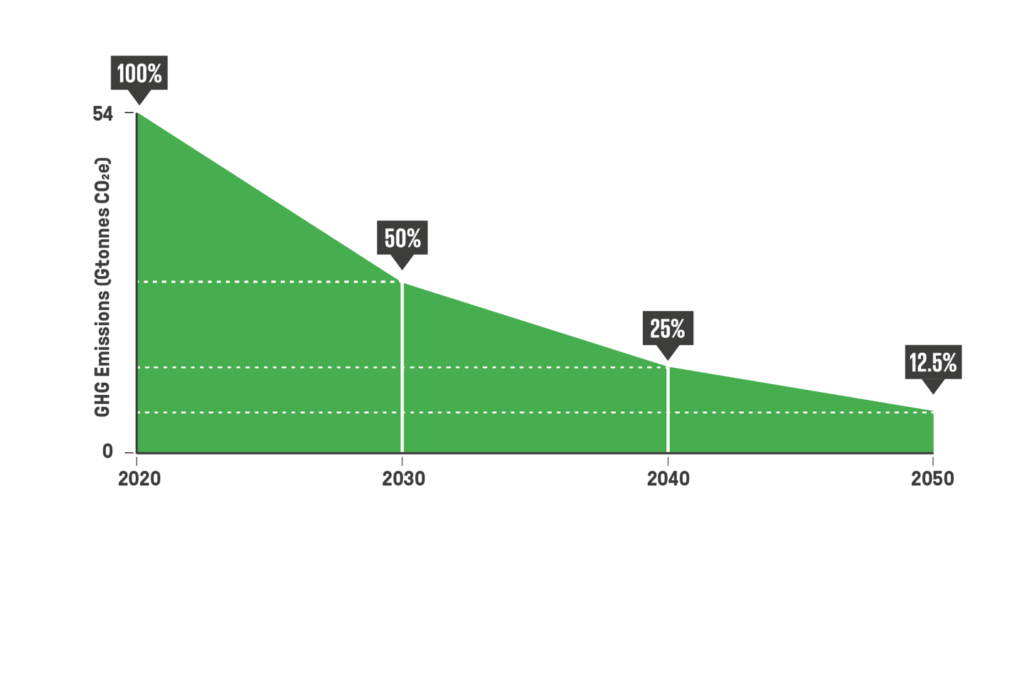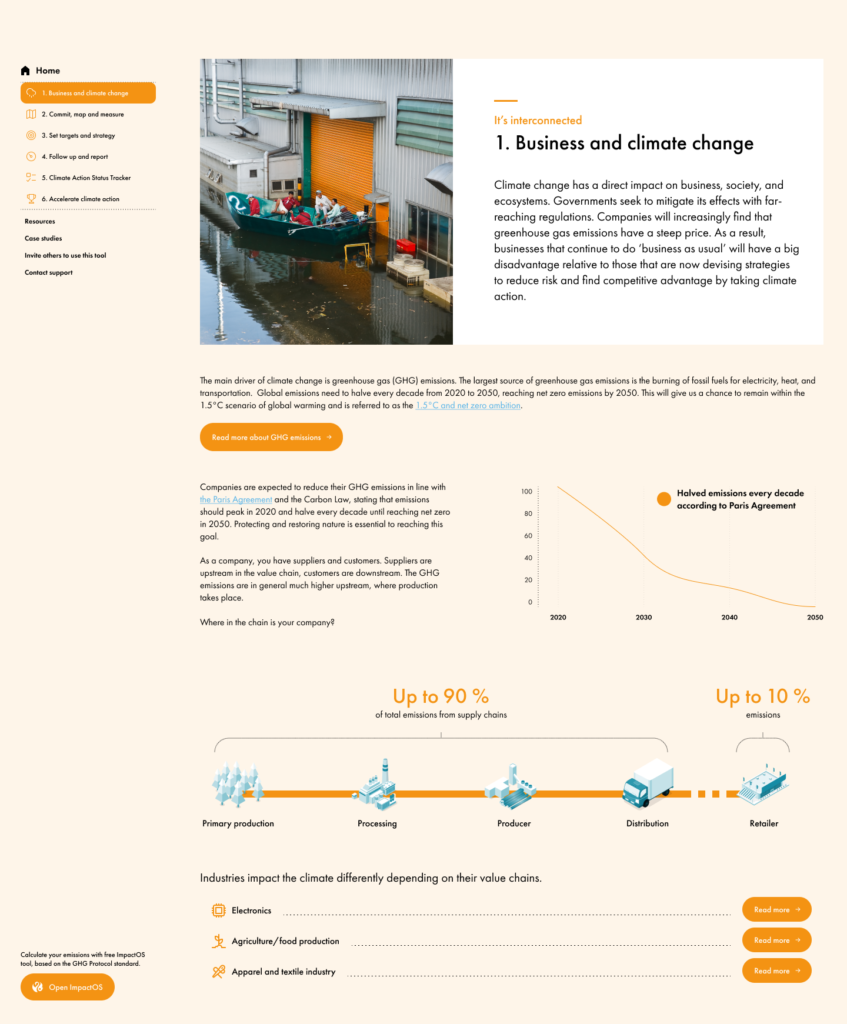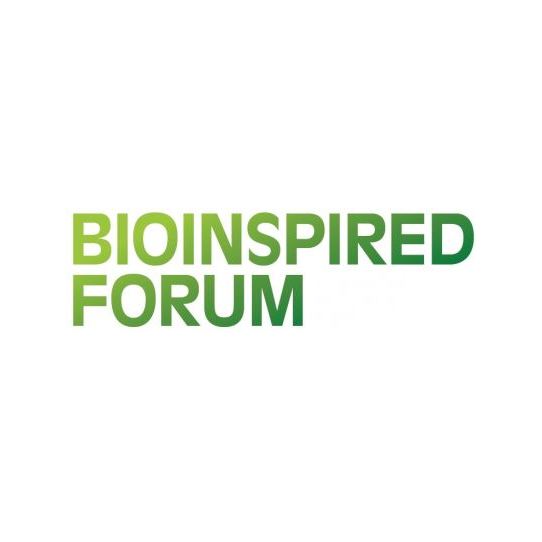The Climate Education Tool – Reducing Emissions in the Supply Chain
A company's value chain accounts for 65-95% of greenhouse gas emissions. It is primarily in the supply chain that major emission reductions must occur. Knowledge about climate issues varies between companies in different countries and industries. Small and medium-sized enterprises generally face challenges in boosting climate competence and developing a climate culture within the organization. Meanwhile, stakeholders’ demands are increasing, and the need for transition is urgent. In this gap, Axfoundation saw a need for knowledge-enhancing efforts for companies that need to get started – or that want to encourage their suppliers to do so. The result was the Climate Education Tool, a free climate tool for companies in various industries.
The Issue
The world is warming up faster than at any other time in history. To limit global warming to 1.5 degrees, greenhouse gas emissions must be halved by 2030 starting from 2020 and reach net zero by 2050. Fossil fuels account for over 75% of global greenhouse gas emissions and contribute to almost 90% of all carbon dioxide emissions. Therefore, how items, food, electronics, and clothing are produced and transported plays a significant role. Companies’ efforts to reduce emissions must accelerate dramatically, from primary producers through various suppliers to purchasing companies. Many companies that have not yet taken the step risk falling behind as legal and purchasing requirements for emission reductions increase.
The role of consumption
In the anthropocene period, i.e. the age of man, the production of food and products has led to emissions, waste, over-exploitation of natural resources and a severe impact on the climate. Three-fifths of Sweden’s total greenhouse gas emissions come from households’ consumption, the remaining two-fifths come from public consumption and investment. Public consumption consists of the goods and services that, for example, schools, hospitals and authorities procure. Investments are emissions linked to the purchase of buildings, machinery, objects and inventory investments.
Emissions are classified into the categories of scope 1, 2 and 3, according to the GHG protocol — the international standard for governments, companies and organizations. 65-95% of the total corporate emissions come from scope 3 sources, upstreams and downstreams.
Scope 1, 2 och 3
- Scope 1: Direct greenhouse gas emissions that a business has control over, e.g. greenhouse gas emissions from vehicles and machines that the business owns or leases.
- Scope 2: Indirect emissions from electricity, such as electricity production, district heating and cooling.
- Scope 3: Indirect greenhouse gas emissions that occur outside the boundaries of the business. The emissions are often divided into so-called upstream and downstream emissions, depending on whether they occur before or after a company’s own operations in the value chain. Examples of upstream emissions are material consumption, business travel or production of equipment. Examples of downstream emissions are processing, usage and final handling of sold products. The majority of a company’s greenhouse gas emissions are within scope 3.

The Carbon Law intends for a halving of global emissions of greenhouse gases each decade. Scope 3 is the key to the radical climate footprint reduction that is needed.
Our Solution
For small and medium-sized enterprises, climate competence can be cost-saving and boost market attractiveness. The Climate Education Tool is a great starting point. Initiated by Axfoundation and developed in a broad collaboration with companies and climate experts, the tool targets companies throughout the value chain, in various industries, who are at the beginning of their learning journey. Between purchasing and producing companies, the Climate Education Tool can also act as a ‘communication starter’ – a good entry point for dialogue on long-term, and strategic mitigating of greenhouse gas emissions. The tool mixes scientifically based climate facts with practical tips, advice, and references to the textile, electronics, and food industries. An interactive questionnaire generates an action plan that helps the company set climate-related goals and a strategy for emission reductions.
The Climate Education Tool is a user-friendly and open tool based on the conditions of small and medium-sized enterprises outside and within the EU. Its purpose is to motivate companies throughout value chains to initiate targeted and strategic climate work.
– Joakim Stattin, Project Manager Future Materials, Axfoundation
Purchasing companies can send the tool to their suppliers with a simple click, encouraging them to strengthen their climate competence at no cost. The visual language and content are well suited for producing companies outside Europe.
Our Work
The first step towards emission reductions is knowledge, the second step is to set climate-related goals and follow up on them. Based on this theory of change, the Climate Education Tool was developed as a knowledge enhancer for small and medium-sized enterprises. A preliminary study in 2021 showed a wide variation in competence and leadership in climate issues among small and medium-sized enterprises. We scoured the web for open climate courses aimed at companies and came up empty. Axfoundation’s contribution was to gather purchasing trade and industrial companies and their suppliers, as well as climate experts. Our joint effort resulted in the Climate Education Tool, tailored for enterprises in different industries and countries.

Together we develop digital climate support for companies and their suppliers.
Timeline
2021
- Preliminary study and environmental analysis in collaboration with KTH and Exponential Roadmap Initiative
2022
- Development of the Climate Education Tool
- Launch on Stockholm+50
2023
- Updates, translations, and user tests
2024
- Relaunch, webinar with Swedish Commerce on March 20
- Integration with the ImpactOS Platform, which provides a carbon footprint calculator and global emission factors
2025
- Expansion through AskKauko and new partnerships
Partners
The project was initiated and driven by Axfoundation with support from climate experts at the Exponential Roadmap Initiative. The following companies (and some of their suppliers) were in the reference group: Axel Johnson International, Axfood/Dagab, Distit, Kicks, Martin & Servera, and Swedish Commerce. The Climate Education Tool was developed by Impact OS by AskKauko.













































